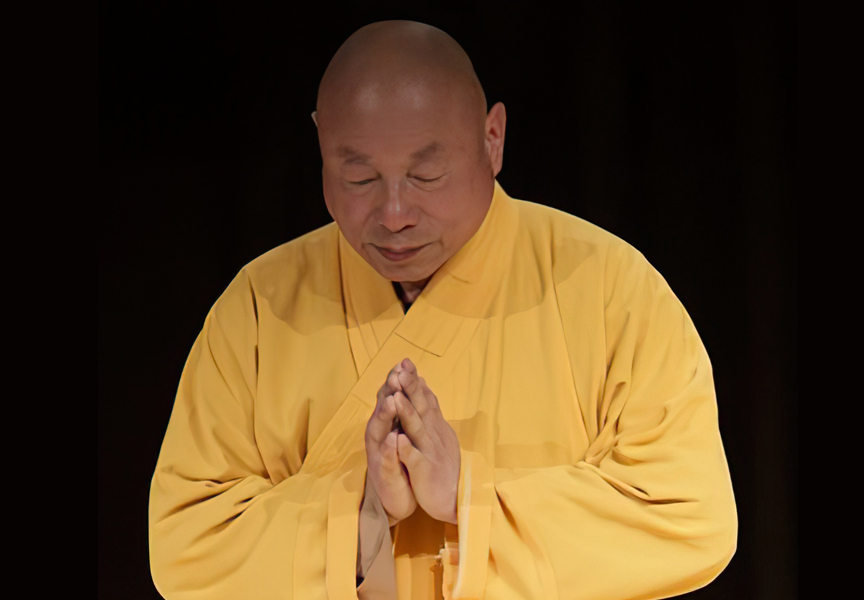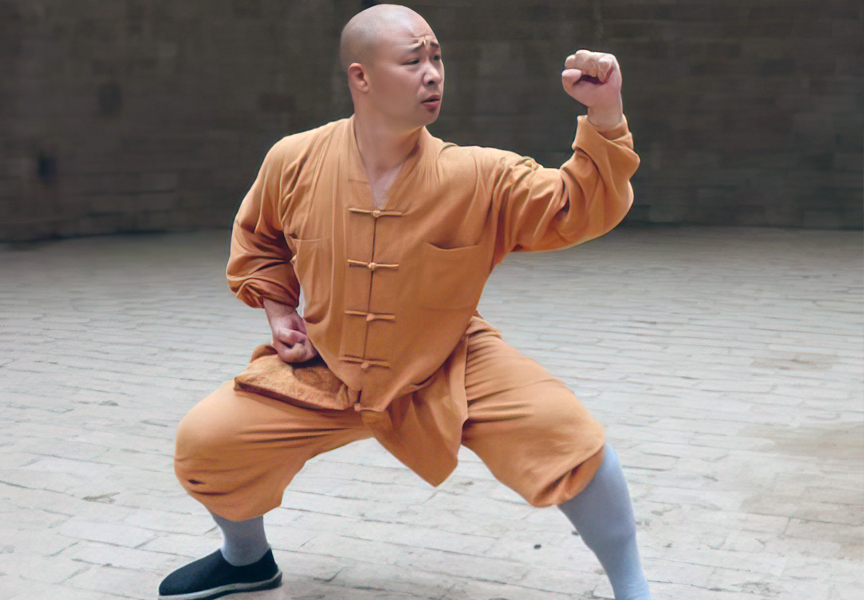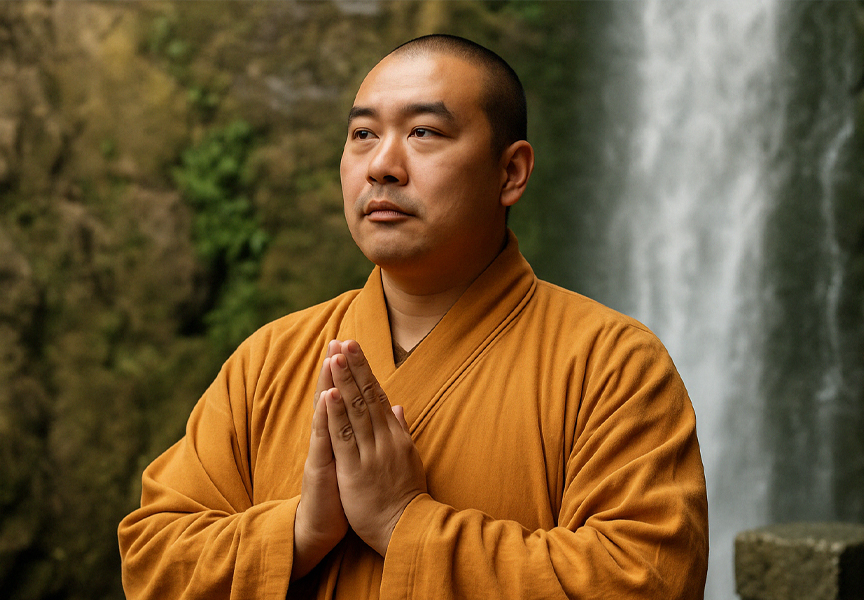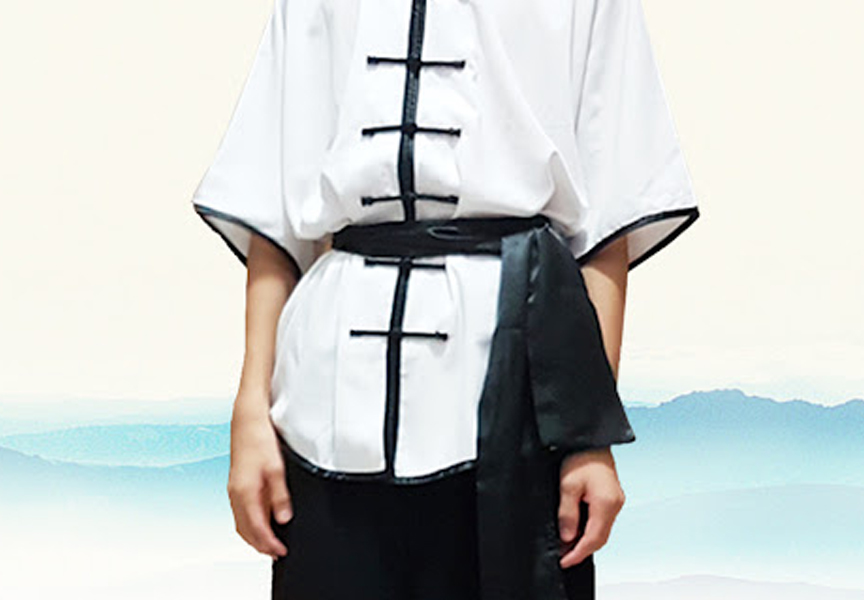Random Free Articles
- Manifesto of a Master

Embracing Martial Arts as a Path of Personal Growth In this sacred space of learning and discipline, I declare my commitment to the essence of true martial arts education. I am not a coach but a teacher, fostering the development of students, not athletes. This is not a sport; it is an art, a philosophy, and a way of life. I Have Students, Not Athletes: My purpose is to guide individuals on a journey of self-discovery and self-mastery. The…
- The Significance of the Centerline Concept

Shaolin Kung Fu, with its roots dating back centuries, is renowned for its dynamic movements, intricate forms, and powerful strikes. Among the many principles that form the foundation of this martial arts system, the concept of the centerline [Chin.: Zhōngxīn xiàn 中心线] stands out as a crucial element. Understanding the centerline is essential for practitioners to harness the full potential of Shaolin Kung Fu and execute its techniques…
- The Ethical Imperative in Self-Defense

Prioritizing Efficacy Over Profit In the realm of self-defense instruction, a troubling trend has emerged: the commodification of fear. Many self-proclaimed experts exploit individuals' anxieties about personal safety, offering elaborate courses and expensive equipment. While the demand for self-defense training is understandable, there is an ethical imperative to prioritize practical and effective techniques over profit. Instructors…
- The Rise of Pretenders

Over the past few decades, martial arts have exploded in popularity around the globe, bringing a wide range of fighting styles and philosophies to the forefront. Among the most celebrated is Chinese Shaolin Kung Fu—for its deep cultural roots, elegant movements, and philosophical depth. Yet as the art spreads beyond its native borders, a troubling trend has emerged in regions with limited access to authentic instruction: self-styled “Kung…
- The Role of Belts in Kung Fu

Kung Fu, a traditional Chinese martial art, is not only a physical discipline but also a way of life that encompasses philosophy, self-discipline, and spiritual development. Within the realm of Kung Fu, belts play a significant role in symbolizing a practitioner's level of skill, dedication, and understanding of the art. In this article, we will explore the history, meaning, and importance of belts in Kung Fu. Historical Context The…
